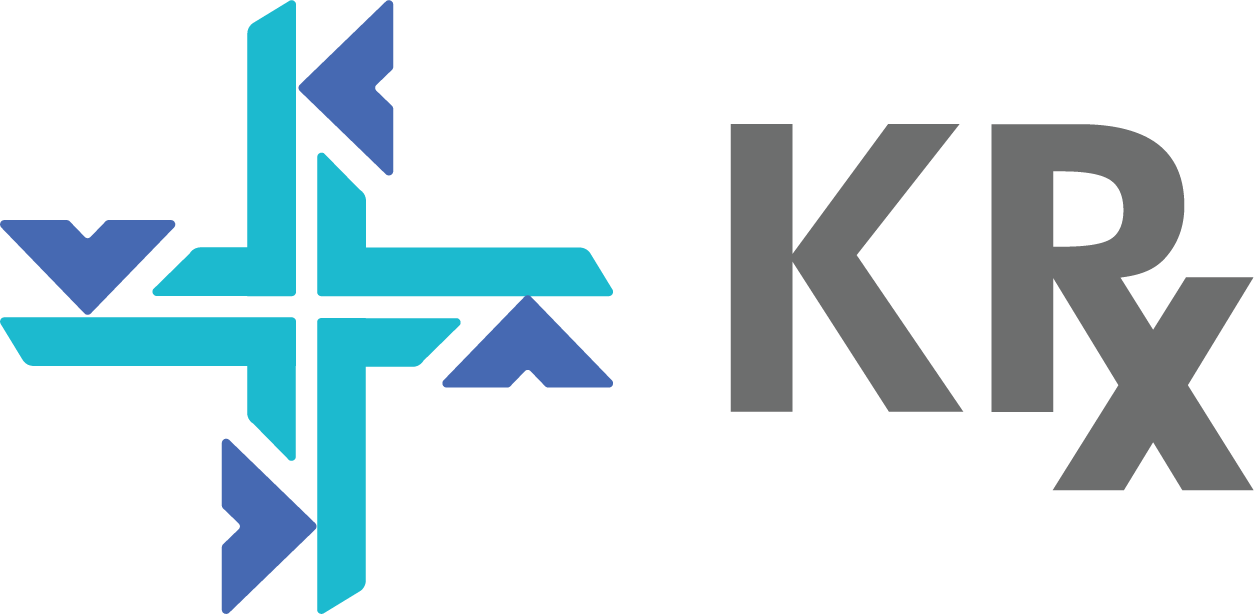A Data-Driven Approach to Diabetes Awareness and Lead Generation
Introduction
This case study analyzes the performance of a comprehensive digital marketing campaign aimed at raising awareness about diabetes and generating leads for a diabetes remission program during November 2022. The campaign leveraged Google Ads, Facebook, and Instagram, employing a multi-faceted strategy targeting diverse audiences.
- Increase awareness of diabetes and its management.
- Generate leads for the diabetes remission program.
- Drive traffic to the program’s landing page.
The campaign’s target audience was adults (27-55 years) in India with an interest in health, wellness, and diabetes management. The geographic targeting was strategically selected based on prevalence rates and potential engagement.

Marketing Channels & Strategies
The campaign utilized several channels and strategies, including:
- Google Ads: Performance Max and YouTube campaigns, targeting relevant keywords and demographics. Search campaigns were used for lead generation.
- Facebook & Instagram: Reach, engagement, video views, landing page views, and conversion campaigns were implemented to maximize impact across different marketing objectives. A variety of creatives, including testimonials, ratings, and contests, were employed to test and optimize performance.
Key Results
The campaign significantly exceeded expectations in various key metrics:
- High Conversion Rates: A total of 5,972 conversions were achieved from Facebook/Instagram (3,971 after deduplication, aligning with Google Analytics data).
- Cost Efficiency: Despite the initial high cost-per-lead from Performance Max campaigns, the overall cost-per-conversion was optimized to ₹71, significantly lower than anticipated.
- Exceeded Target Audiences: The campaign greatly surpassed initial targets for impressions, clicks, reach, and landing page views on Facebook and Instagram.
- Enhanced CTR & CPLV: The click-through rate (CTR) was 201% higher than anticipated, and the cost-per-landing-page-view (CPLV) was ₹8.08.
- YouTube Success: YouTube campaigns achieved 277,801 total views at a cost of ₹0.29 per view.
Key Learnings and Optimization
Throughout the campaign, key learnings emerged that guided optimization:
- Performance Max campaigns exhibited initial high CPLs, necessitating a switch to search campaigns for lead generation.
- Testing diverse creatives (testimonials, ratings, contests) was crucial for identifying top-performing assets and maximizing conversions.
- YouTube campaigns performed best with In-Market and Affinity audiences.
- Facebook and Instagram demonstrated superior performance compared to Google Ads in terms of cost and lead generation efficiency in this campaign.
- Dynamic budget allocation based on real-time performance data is vital for maximizing ROI.

Conclusion
This diabetes campaign delivered outstanding results, significantly surpassing initial targets for lead generation and brand awareness. The data-driven approach, coupled with creative experimentation and optimization, proved highly effective in achieving campaign objectives. This case study highlights the importance of:
- A multi-channel marketing approach.
- Continuous monitoring and optimization of campaigns.
- Creative testing to identify high-performing assets.
- Strategic budget allocation.
The campaign’s success serves as a valuable model for future campaigns targeting health-related audiences.
Recommendations for Future Campaigns
- Continue leveraging the high-performing Facebook and Instagram creatives.
- Explore further YouTube campaigns, focusing on In-Market and Affinity audiences.
- Implement A/B testing to refine creative strategies.
- Incorporate more testimonials and ratings in campaign creatives.
- Refine targeting parameters based on campaign performance data.
This comprehensive case study demonstrates the potential of data-driven digital marketing to generate impactful results in the healthcare sector, particularly for raising awareness and lead generation for health initiatives.


